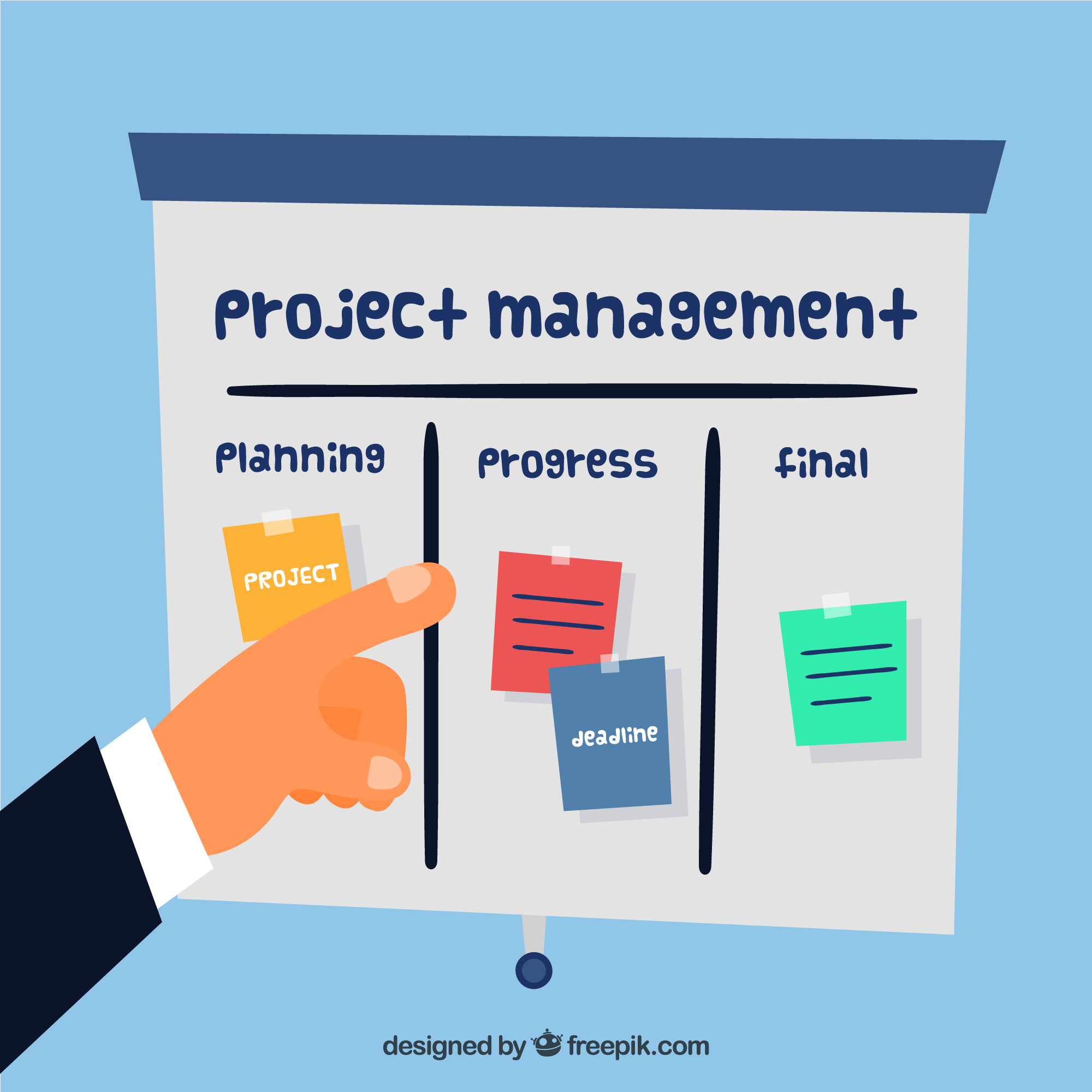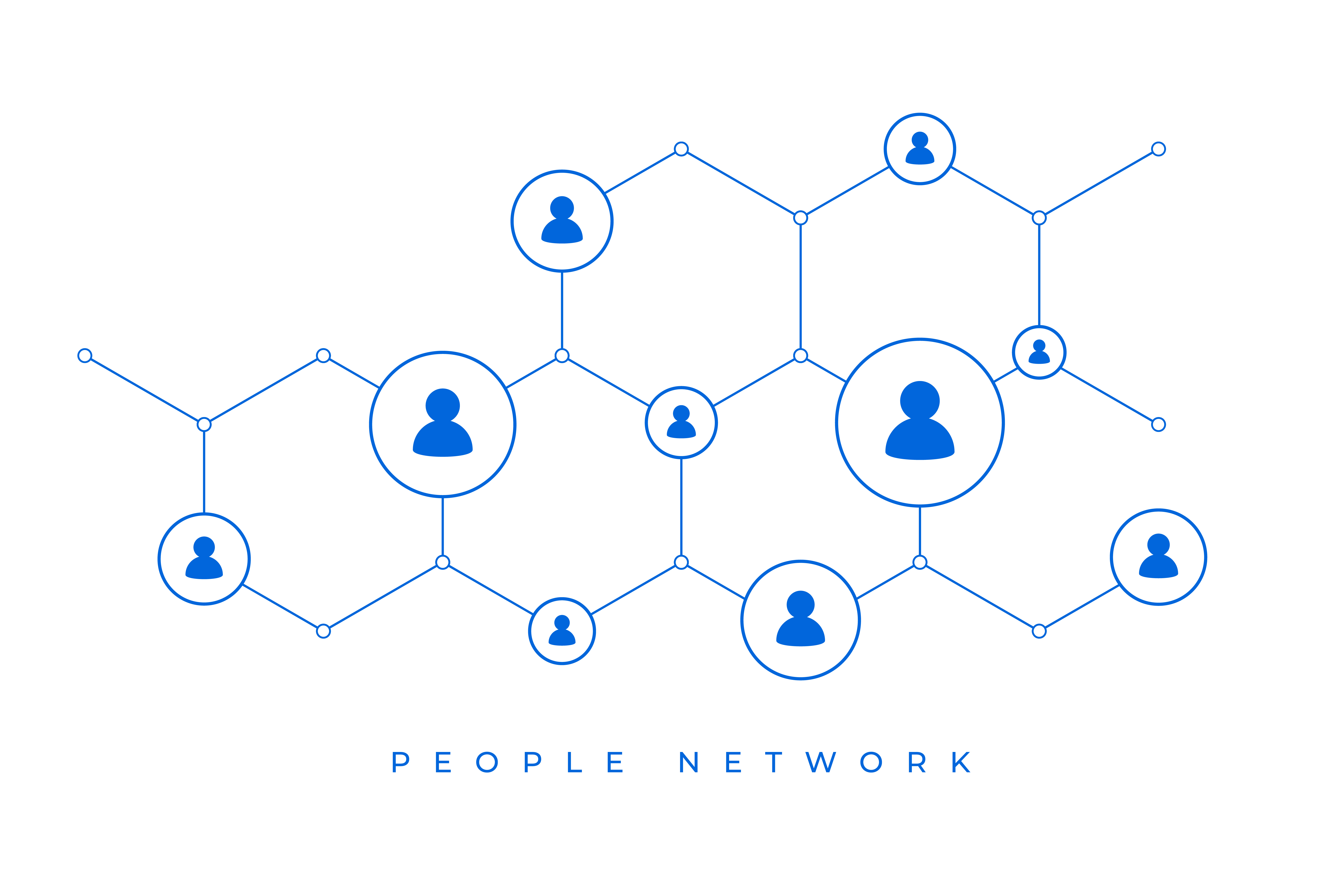The Power of Design Thinking
- Author :
- Date : 09 Aug 2025
- Time : 7 Min to read

The Power of Design Thinking: Innovating Your Way Through Career Challenges
In today's rapidly evolving professional landscape, the ability to innovate, adapt, and solve complex problems has become essential. Design thinking - a human-centered, creative problem-solving approach - empowers individuals and teams to tackle challenges head-on. This methodology unlocks new opportunities, enhances career growth, fosters innovation, and helps professionals stand out in any industry.
What Is Design Thinking?
Design thinking is a structured approach to innovation and problem-solving, rooted in empathy, experimentation, and iterative learning. It typically follows five stages:
1
Empathize
Understand user needs through observation and engagement
2
Define
Clearly articulate the challenge you're solving
3
Ideate
Generate creative solutions through brainstorming
4
Prototype
Build low-fidelity models or demos to test ideas
5
Test
Gather feedback, refine solutions, and iterate
These stages are not strictly linear. Design thinking thrives on iteration. You might cycle back to refining your problem definition or developing new prototypes as insights emerge.
Why Design Thinking Enhances Career Success
Boosts Problem-Solving Ability
Encourages innovative ideas and deep insights into workplace challenges
Promotes Collaboration
Design sprints and workshops enable cross-functional teamwork and creative synergy
Improves Decision-Making
Rapid prototyping and feedback loops reduce risk and build confidence in solutions
Fuels Professional Innovation
Individuals who apply design thinking stand out as creative, adaptable leaders
Increases Career Mobility
Employers seeking innovation skills and strategic thinking put design thinkers in high demand
Step-by-Step Guide to Applying Design Thinking
1. Understand Your Users
- Interview colleagues and gather stories about their challenges
- Observe workflows directly, noting frustrations and inefficiencies
- Build empathy maps to illustrate emotional states and needs
This stage enhances emotional intelligence and professional communication.
2. Define the Problem Clearly
- Synthesize insights into a strong "How Might We" (HMW) question
- Example: "How might we reduce project bottlenecks caused by communication silos?"
- Focus on one challenge at a time to maintain clarity
3. Generate Ideas Collaboratively
- Conduct brainstorming sessions and encourage all ideas
- Use mind maps, virtual jam boards, or sudden ideation prompts
- Keyword-rich session titles improve visibility ("Creative Ideation for Team Efficiency")
4. Prototype Quickly & Effectively
- Create simple, rapid prototypes, charts, or process diagrams
- Use free tools or paper sketches to convey concepts
- Prototypes should be rapid enough to test assumptions without heavy effort
5. Test & Iterate
- Do user walkthroughs with your prototypes
- Gather feedback and document it systematically
- Make incremental changes based on real responses
- Iterate until achieving a minimum viable version that delivers impact
Real-World Applications in the Workplace
Process Improvement
Use design sprints to reimagine workflows and eliminate inefficiencies
Client Collaboration
Prototype new service delivery models and test them with clients
Product Ideation
Rapidly test digital or physical ideas before heavy investment
Career Planning
Build a personal career plan using empathy exercises and prototype possible paths
MentoraX Training: Elevate Your Design Thinking Skills
To deeply embed design thinking into your professional toolkit, consider our Training of Trainers (ToT) course at MentoraX. This program includes:
- Hands-on modules on creative facilitation and ideation techniques
- Real-world group activities practicing empathy interviews
- Personalized feedback to refine your leadership communication
- Tools to lead workshops and facilitate innovation sessions
Through ToT, you don't just learn design thinking - you learn to teach it, becoming a catalyst for innovation in your organization.
SEO-Rich Tips & Content Strategy
Weave in keywords like "design thinking methodology," "creative problem-solving," "user-centered design," and "career innovation" to attract professionals seeking guidance in innovation and leadership.
Content Expansion Ideas:
- Case studies: "How I used design thinking to solve team collaboration issues"
- Myth busting: "5 common misconceptions about design thinking"
- Tools guides: "Best free prototyping tools for non-designers"
- Templates: "Downloadable empathy map and HMW worksheet"
Measuring Your Design Thinking Progress
1. Document Project Outcomes
Did your prototype reduce process time or improve user satisfaction?
2. Gather Qualitative Feedback
Ask colleagues for input on empathy and creativity improvements
3. Track Facilitation Confidence
Did training help you lead ideation sessions more confidently?
4. Refine Over Time
Continue iterating, collect data, and evolve your approach
Final Thoughts
Design thinking isn't just for UX designers. It's a powerful framework for career innovation, effective leadership, and agile problem-solving in any industry. By understanding problems deeply, defining clearly, ideating courageously, prototyping rapidly, and testing iteratively, you can transform challenges into opportunities.
If you're ready to take your design thinking to the next level, our Training of Trainers (ToT) course can help you lead others through innovation processes and drive your career forward with creative, human-centered solutions.
Related Posts




09 Aug 2025 • 11 Min Read
The Importance of Mentoring: How to Find a Great Mentor and How to Be One
None



09 Aug 2025 • 12 Min Read
The Art of Salary Negotiation: What Every Young Professional Should Know
None







09 Aug 2025 • 8 Min Read
Building a Personal Brand in the Digital Age: A Guide for New Professionals
None



